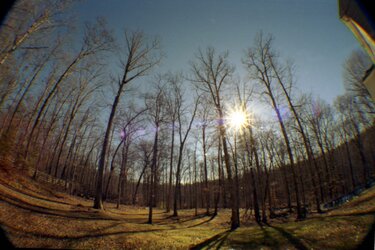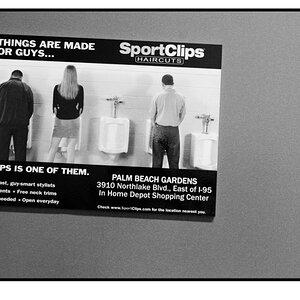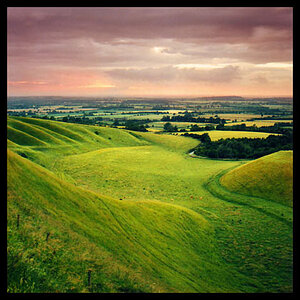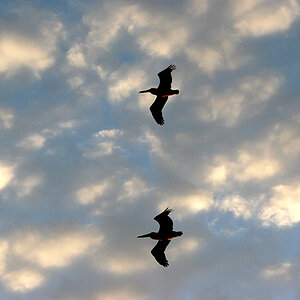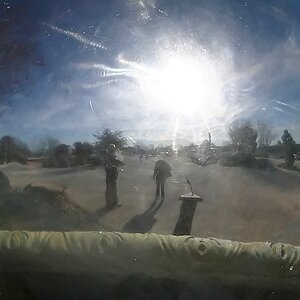invisible
Been spending a lot of time on here!
- Joined
- Mar 10, 2007
- Messages
- 5,213
- Reaction score
- 983
- Location
- Canada
- Website
- www.federicobuchbinder.com
- Can others edit my Photos
- Photos NOT OK to edit
A fisheye is definitely a "specialty" lens that you should break out on a need basis only, or sparingly for a cool effect. If you abuse it, both you and your audience/clientele get tired.The bendy look is quite appealing in pictures, but i guess it would get a bit tiresome if used all the time...
I haven't tried any of these, but they have pretty good reviews and are very reasonably priced (though they aren't autofocus): Amazon.com: Rokinon FE8M-N 8mm F3.5 Fisheye Lens for Nikon (Black): ROKINON: Camera & PhotoI see you have the Nikkor 10.5 in your repertoire Sparky...
Best price i can see online for that one is £436....
A bit pricey for me to be honest, so a cheaper alternative will be the order of the day.
As an Amazon Associate we earn from qualifying purchases.


